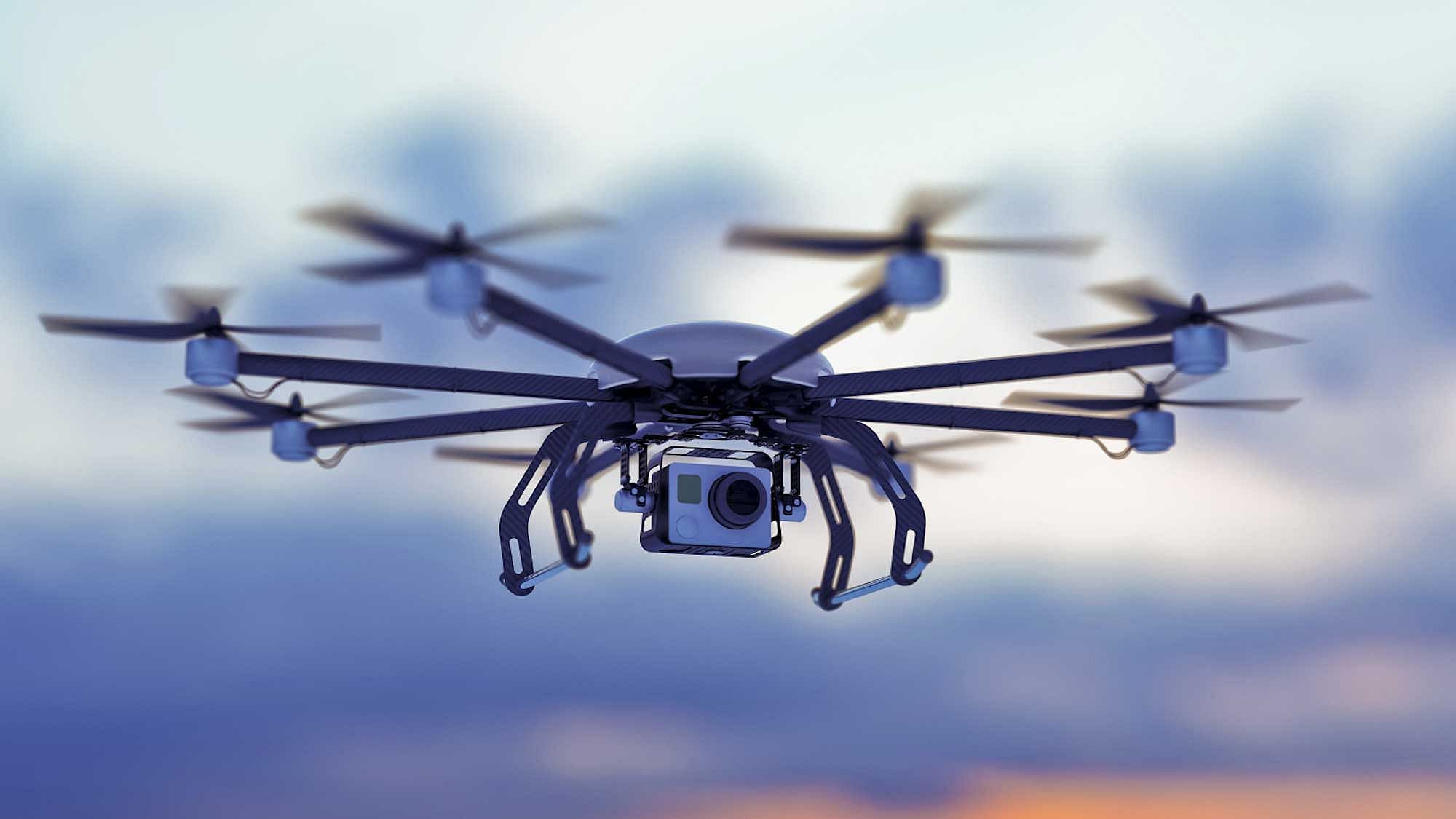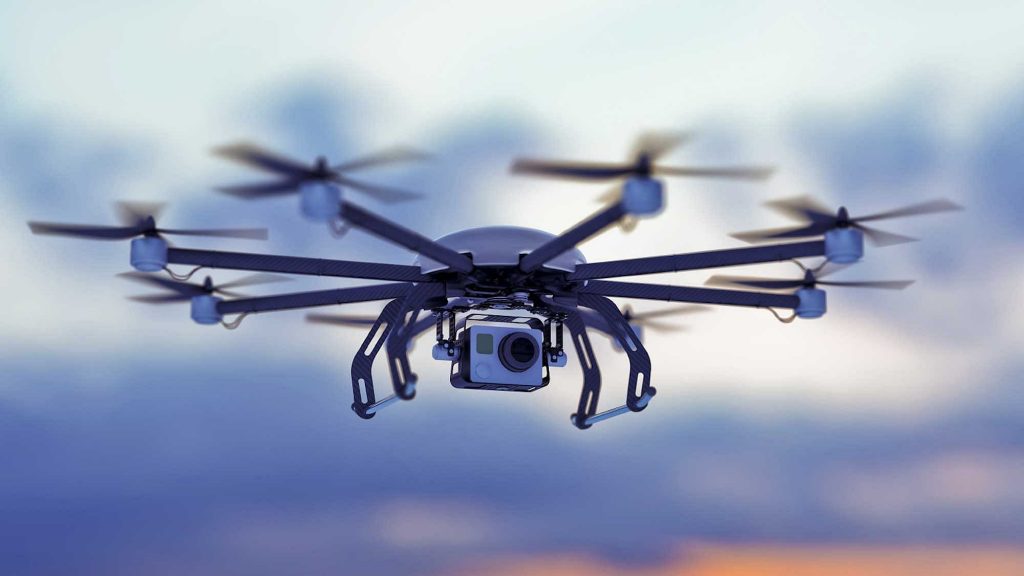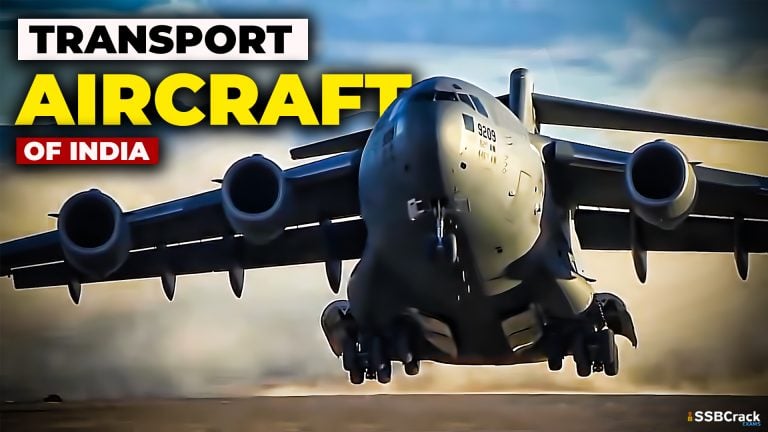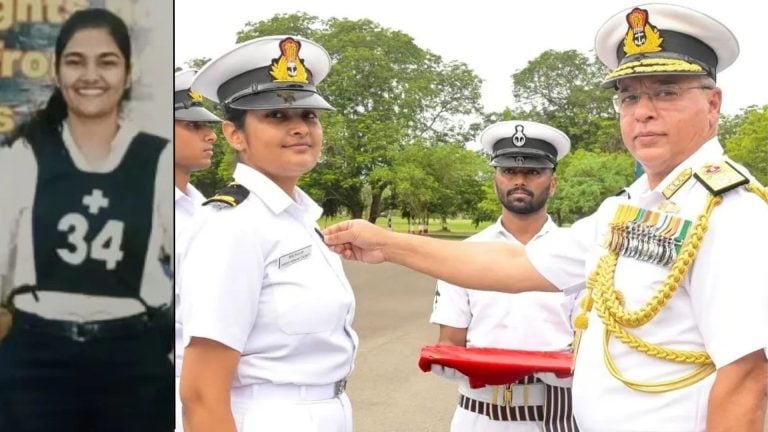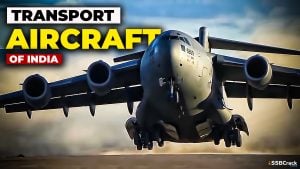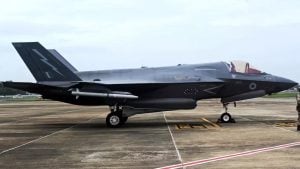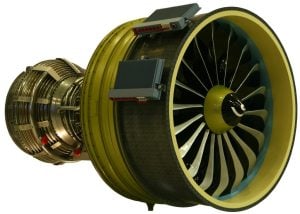Once approved and notified, the Drone Rules, 2021 will replace existing ‘UAS Rules 2021’. Ministry of Civil Aviation (MoCA) has released the updated – The Drone Rules, 2021 for public consultation. Built on a premise of trust, self-certification, and non-intrusive monitoring, The Drone Rules, 2021 will replace the UAS Rules 2021 (released on 12 March 2021). The last date for receipt of public comments is 5 August 2021.
Key takeaways from the Draft Drone Rules, 2021 include:
- Approvals abolished: unique authorisation number, unique prototype identification number, certificate of conformance, certificate of maintenance, import clearance, acceptance of existing drones, operator permit, authorisation of R&D organisation, student remote pilot licence, remote pilot instructor authorisation, drone port authorisation etc.
- Number of forms reduced from 25 to 6.
- Fee reduced to nominal levels. No linkage with the size of the drone.
- Safety features like ‘No permission – no take-off’ (NPNT), real-time tracking beacon, geo-fencing etc. to be notified in future. A six-month lead time will be provided for compliance.
- Digital sky platform shall be developed as a business-friendly single-window online system.
- There will be minimal human interface on the digital sky platform and most permissions will be self-generated.
- Interactive airspace map with green, yellow, and red zones will be displayed on the digital sky platform.
- Yellow zone reduced from 45 km to 12 km from the airport perimeter.
- No flight permission required upto 400 feet in green zones and upto 200 feet in the area between 8 and 12 km from the airport perimeter.
- No pilot licence required for micro drones (for non-commercial use), nano drone and for R&D organisations.
- No restriction on drone operations by foreign-owned companies registered in India.
- Import of drones and drone components to be regulated by DGFT.
- No security clearance required before any registration or licence issuance.
- No requirement of certificate of airworthiness, unique identification number, prior permission and remote pilot licence for R&D entities.
- Coverage of drones under Drone Rules, 2021 increased from 300 kg to 500 kg. This will cover drone taxis also.
- All drone training and testing to be carried out by an authorised drone school. DGCA shall prescribe training requirements, oversee drone schools and provide pilot licences online.
- Issuance of Certificate of Airworthiness delegated to Quality Council of India and certification entities authorised by it.
- Manufacturer may generate their drone’s unique identification number on the digital sky platform through the self-certification route.
- Easier process prescribed for transfer and deregistration of drones.
- Standard operating procedures (SOP) and training procedure manuals (TPM) will be prescribed by DGCA on the digital sky platform for self-monitoring by users. No approvals required unless there is a significant departure from the prescribed procedures.
- Maximum penalty under Drone Rules, 2021 reduced to INR 1 lakh. This shall, however, not apply to penalties in respect of violation of other laws.
- Drone corridors will be developed for cargo deliveries.
- Drone promotion council to be set up to facilitate a business-friendly regulatory regime.
As per the Government of India Whereas, Unmanned Aircraft System (hereinafter referred to as drones) offer immense opportunities for economic growth and employment generation; And whereas, there is need to regulate the drone related activities in a manner such that they do not pose any risk to safety or security of people and assets; And whereas, the Central Government promulgated the Unmanned Aircraft System Rules (UAS Rules), 2021, which came into force on 12th March, 2021; and received valuable feedback from academia, industry and other stakeholders;
Now, therefore, the Central Government proposes to make certain rules in supersession of the UAS Rules, 2021, in exercise of the powers conferred by sections 5, sub-section (2) of section 10 and sections 10A, 10B and 12A of the Aircraft Act, 1934 (22 of 1934).
The said draft rules are hereby published as required by section 14 of the said Act, for information of all persons likely to be affected thereby; and notice is hereby given that the said draft rules will be taken into consideration after 5th Aug 2021.
Recently, NSG radar picked up drone around Jammu air base: Intelligence sources. The drone that was seen operating around the Jammu Air Base on Tuesday night was picked up by the radars of the anti-drone system deployed by the National Security Guard (NSG) there. “The radar picked up the movement of the drone flying around 3 kilometres from the airbase on the night of July 13 and all the agencies concerned were alerted about its movement,” intelligence sources told. They added that soon after being picked up, the drone vanished from the scene. The search is on for the drone and the source of its operation, they said.
The NSG deployed an anti-drone system in the city after a drone attack took place on the Jammu air base last month. The Air Force had also taken measures to prevent any such attack in Jammu and other important airbases across the country. It has also taken strict measures to address threats from small drones.
After the Jammu attack, the number of drone sightings has gone up drastically and there have been several instances where the Army and Border Security Forces (BSF) troops at the border have fired at them. The Jammu drone attack did not cause any damage to the material or equipment of the Air Force but minor injuries were suffered by two personnel there.


